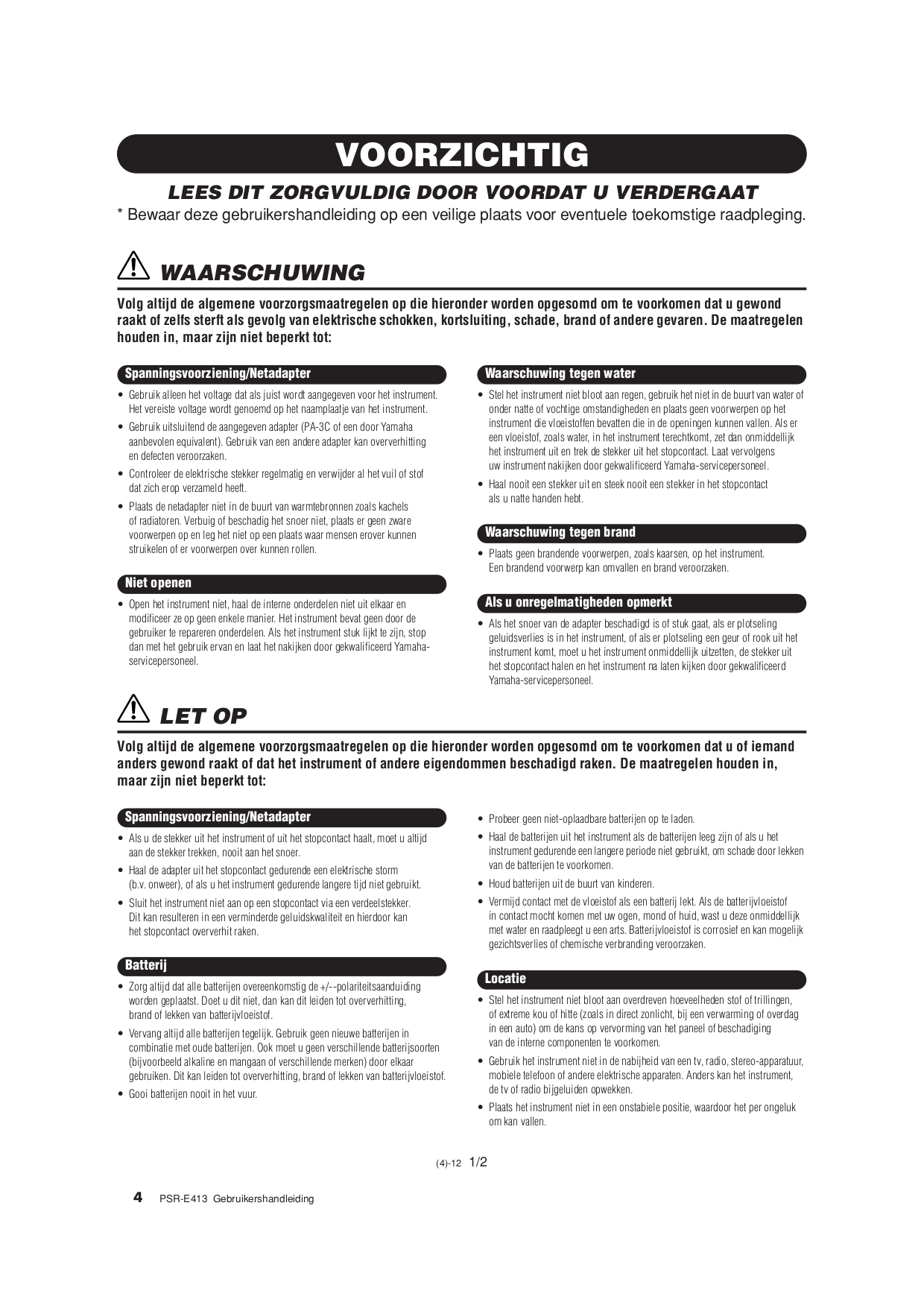

Marimba bars are typically made of either wood or synthetic material.

In the late 20th century, modernist and contemporary composers found new ways to use marimba: notable examples include Leoš Janáček ( Jenufa), Carl Orff ( Antigonae), Karl Amadeus Hartmann, Hans Werner Henze ( Elegy for Young Lovers), Pierre Boulez ( Le marteau sans maître) and Steve Reich.

Four-mallet grip was employed to play chords, enhancing interest for the instrument. Clair Omar Musser was a chief proponent of marimba in the United States at the time.įrench composer Darius Milhaud introduced marimbas into Western classical music with his 1947 Concerto for Marimba and Vibraphone. The marimbas were first used for light music and dance, such as vaudeville theater and comedy shows. Metal tubes were used as resonators, fine-tuned by rotating metal discs at the bottom lowest note tubes were U-shaped. Deagan and the Leedy Manufacturing Company company adapted the Latin American instruments for use in western music. In the United States, companies like J.C. The name marimba was later applied to the orchestra instrument inspired by the Latin American model. In 1892, Mexican musician Corazón de Jesús Borras Moreno expanded marimba to include the chromatic scale by adding another row of sound bars, akin to black keys on the piano. In 1850, Mexican marimbist Manuel Bolán Cruz (1810-1863), modified the old bow marimba, by the wooden straight one, lengthening the legs so that the musicians could play in a standing mode, expanded the keyboard and replaced the gourd resonators by wooden boxes. Marimbas have become widely popular around the world being used throughout Africa, South East Asia, Europe, North America, South America and Central America. Modern uses of the marimba include solo performances, woodwind and brass ensembles, marimba concertos, jazz ensembles, marching band ( front ensembles), drum and bugle corps, indoor percussion ensembles, and orchestral compositions.Ī marimba player on the streets of New Orleans, Louisiana during Mardi Gras. A person who plays the marimba is called a marimbist or a marimba player. This instrument is a type of idiophone, but with a more resonant and lower-pitched tessitura than the xylophone. The bars of a chromatic marimba are arranged like the keys of a piano, with the groups of two and three accidentals raised vertically, overlapping the natural bars to aid the performer both visually and physically.

Resonators or pipes are suspended underneath the bars to amplify the sound of the wooden bars. The marimba ( / m ə ˈ r ɪ m b ə/) is a percussion instrument consisting of a set of wooden bars struck with yarn wrapped or rubber mallets to produce musical tones. Marimbaphone, xylophone glockenspiel vibraphone bell metallophone balafon aluphone crotales


 0 kommentar(er)
0 kommentar(er)
